The Nazi camp to keep German seamen away from Sydney’s waterside workers
Carved into several rock faces on the eastern side of Deep Creek at North Narrabeen are the fading signs of a camp established in the 1930s by the German Labour Front.
Carved into several rock faces on the eastern side of Deep Creek at North Narrabeen are the fading signs of a camp established in the 1930s by the German Labour Front.
The carvings, which include a swastika, the names of German ships and the Nazi version of the Bundesadler, or Federal Eagle, are becoming increasingly difficult to decipher as time and the elements erode the soft sandstone into which they were carved eight decades ago.
Higher up the hill can still be seen a fireplace that once warmed the toes of those who could fit into the small shack that was built there, along with garden beds and concrete steps.
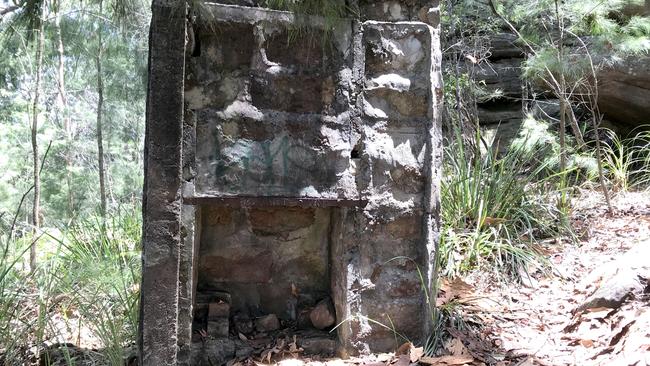
The shack and the carvings date were the work of the Deutsche Arbeitsfront (DAF), with which the Nazis replaced free trade unions in Germany after they came to power in 1933.
Over the years a myth has developed that the DAF camp at Deep Creek was part of an espionage ring and that it was used to indoctrinate Australians of German heritage or even as a place to punish German merchant seamen who refused to toe the Nazi party line.
But the sources of the myth are both few in number and of little integrity.
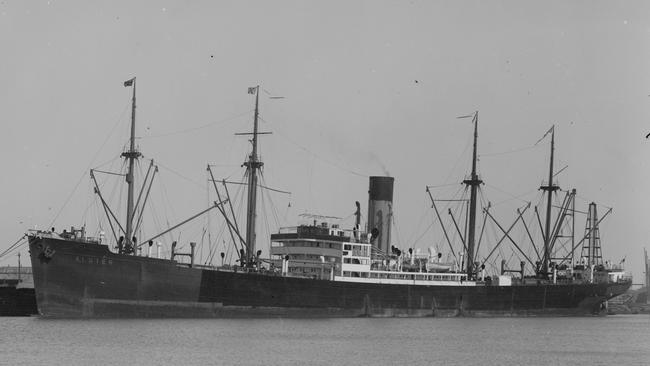
In November 1938, a Captain Peck of Paddington wrote to the officer in charge of the nearby Victoria Barracks, claiming there was a Nazi hideout comprising two shacks at Deep Creek occupied by permanent tenants and that they had a short-wave radio set with which they were in contact with German merchant ships in Australian waters.
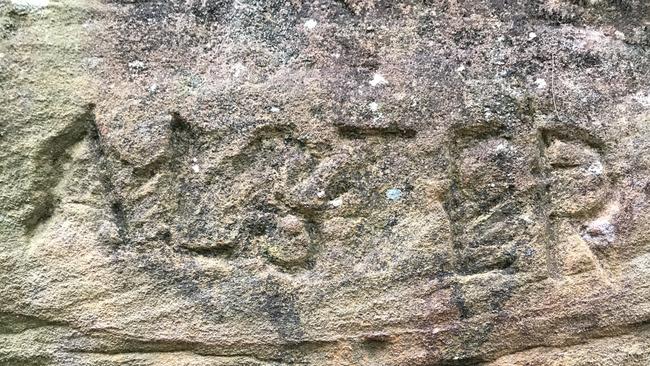
But Peck wasn’t a captain – he had served in Egypt in 1917 and 1918 as a signaller and later as an education officer with the 11th Light Horse, after which he was promoted to 2nd Lieutenant.
Without its veracity being checked, the “captain’s” information was passed on to army headquarters in Melbourne.
Another source of false information about the camp was the Labor Daily, which was an organ of the Labor Party that was published from January 1922 until December 1938, when it became the Daily News, which lasted until 1941, when it was taken over by the Daily Telegraph.
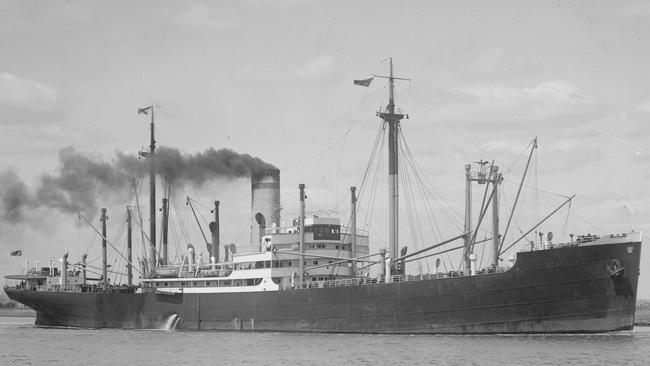
The Labor Daily and then the Daily News had a left-wing bias, so it was not surprising that both papers were – quite rightly – antipathetic towards German fascism.
From the time the Nazis seized power in January 1933, they gradually outlawed other political parties, banned free trade unions and assumed control of almost every facet of German life, as well as persecuting political opponents, Jews and other minorities.

In July 1936, Hitler sent troops and planes to Spain during the civil war there, thereby helping General Franco establish a fascist dictatorship that lasted from 1939 to until 1975.
Also in 1936, German troops re-entered the Rhineland in violation of the Treaty of Versailles, then annexed Austria and invaded the Sudeten region of Czechoslovakia in 1938.
In November 1939, the Labor Daily ran a front-page story about the so-called Nazi hide-out at Deep Creek, which had apparently been opened by Hitler by radio and where Nazis met every weekend in secret.
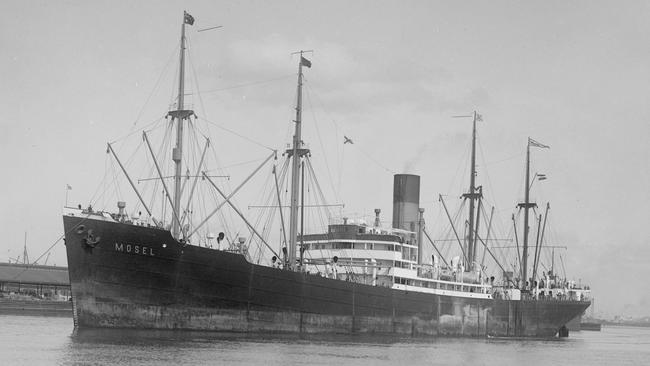
“Nazi flags and swastika emblems are freely displayed and the Horst Wessel (which the Nazis had made the co-national anthem of Germany) are often heard by nocturnal visitors to the neighbourhood,” the paper said.
“A private road leading to the clubhouse is blocked by a locked gate, which only those with credentials may pass.”

The following month the Labor Daily’s successor, the Daily News, ran a front-page story about a clash at Deep Creek between 20 Nazis and some local campers, including several girls and a one-armed man, to whose defence came a posse of 12 campers, at which point the Nazis fled.
But local police exposed the story for what it was – a storm in a teacup involving a spat between a man who lived at Deep Creek and the female caretaker of the DAF camp, and some horseplay by a German at the DAF camp.
This time the army investigated the DAF camp and – with the help of local police – quickly realised the claims by “Captain” Peck and the left-wing newspapers were rubbish.

After interviewing the Daily News reporter who had written about the DAF camp at Deep Creek, an army major wrote to his superiors that “the reporter is satisfied that his articles are not true but is reported to have said, “I was told to write it up, so I did’.”
In fact the sole purpose of the camp was to keep German merchant seamen away from what the DAF considered the corrupting influence of Sydney’s left-leaning waterside workers, who were naturally antagonistic to Germany’s fascist regime.
According to Professor John Perkins, who has researched Nazi activity in Australia in the 1930s, the primary role of the DAF in Australia was “to entertain crews of German merchant ships berthed in Australian waters in order to limit their exposure to anti-Nazi influences.”
“Merchant seamen formed the one section of the German working class whose members were for extended periods beyond the direct influence of Germany’s Ministry of Propaganda and beyond the control of the nazified German police and state security organs.
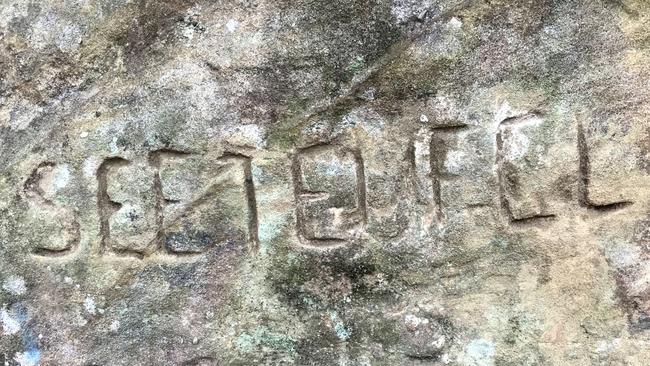
“They were in a position to compare with their own eyes conditions at home with those abroad. In many ports, they were exposed to ‘communist’ and ‘democratic’ influences.”
As the local police reported in December 1938: “It has been the custom of the German Labour Organisation in Sydney to take the crews of German ships visiting Sydney for a day’s outing to Narrabeen Lakes.”
“This has been going on for some years.
“The crowd travel by tram to the tram terminus at Narrabeen, then they hire boats from Mr Douglas to transport their tents, lunch baskets etc to the camping ground and the remainder, varying from 20 to 60 persons, march the one-and-a-half miles to the camping area.
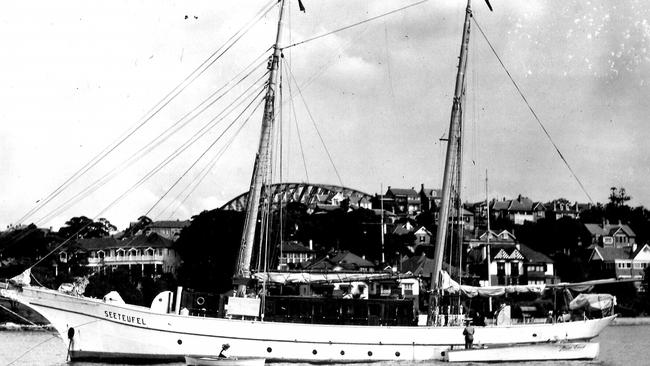
“It is purely a picnic which generally lasts from 10.30am till 6pm.
“They erect a tent on the grounds on arrival and as they are seafaring men, they fly the German flag at one end of the tent and the Australian flag at the other end.”
At various times the German seamen carved the names of their ships into rock faces at the northern end of the camping area and DAF personnel carved some swastikas and the Nazi version of Germany’s coat of arms into the same rock faces.
At some point in 1939, the DAF built a shack north of the camping area on land that was owned by Lake View Land Company, which had bought 24 acres in the area in 1926 and subdivided it into about 100 lots, although the land where the DAF built the shack was too precipitous to ever be developed.

In September 1939, local police visited Deep Creek and reported that: “The camp consists of a small galvanised iron shack erected on a cliff in an isolated locality.”
“The furnishings of the place are made up of two single beds and bed clothing, a table and a number of trestles, crockery, a large trunk which is padlocked, cutlery and some articles of male attire.
After mentioning that there were a number of swastikas and the names of German ships carved on rocks in the area, the police concluded: “There was nothing of an incriminating nature in or about the camp.”
That’s not to say everything about the DAF camp was innocent or that Nazis didn’t visit it.
The DAF was a Nazi organisation and it is estimated that there were somewhere under 200 signed-up Nazis in Australia at the outbreak of the war, including the German consul in Sydney.


On Sunday, May 22, 1938, while Count von Luckner’s luxury auxiliary schooner Seeteufel was in Sydney, one of its crewmen, Paul Kunert, attended a DAF picnic at Deep Creek.
Commonwealth Investigation Branch officers suspected Kunert of being a Gestapo agent on board the Seeteufel, the name of which was carved into a rock face at Deep Creek and is still discernible today.
Von Luckner was a veteran of World War I, during which he commanded an armed auxiliary sailing ship called the Seeadler that sank 14 merchant sailing ships, often using deception, and did so with the loss of only one enemy sailor’s life, earning him a reputation as a honourable foe.
In 1938, von Luckner was in the middle of a two-year world cruise that was as much about promoting a stronger sense of identity among Germans living abroad as about von Luckner promoting himself at his government’s expense.
But von Luckner’s visit to Australia attracted plenty of criticism, especially in light of recent German aggression in Europe and the fact that the tour could not have taken place without the imprimatur of the German government.
It was also believed von Luckner’s yacht was fitted with hydrographic equipment that he used to survey the eastern seaboard and pinpoint the best places for mine-laying.
Today all that remains of the DAF camp are some fading carvings, the base of the small shack’s fireplace and some garden beds.
The only ship’s names that can be deciphered today are those of the cargo liners Alster, Dortmund, Leuna, Stassfurt, the Hamburg-Amerika liner Reliance and von Luckner’s schooner Seeteufel.


